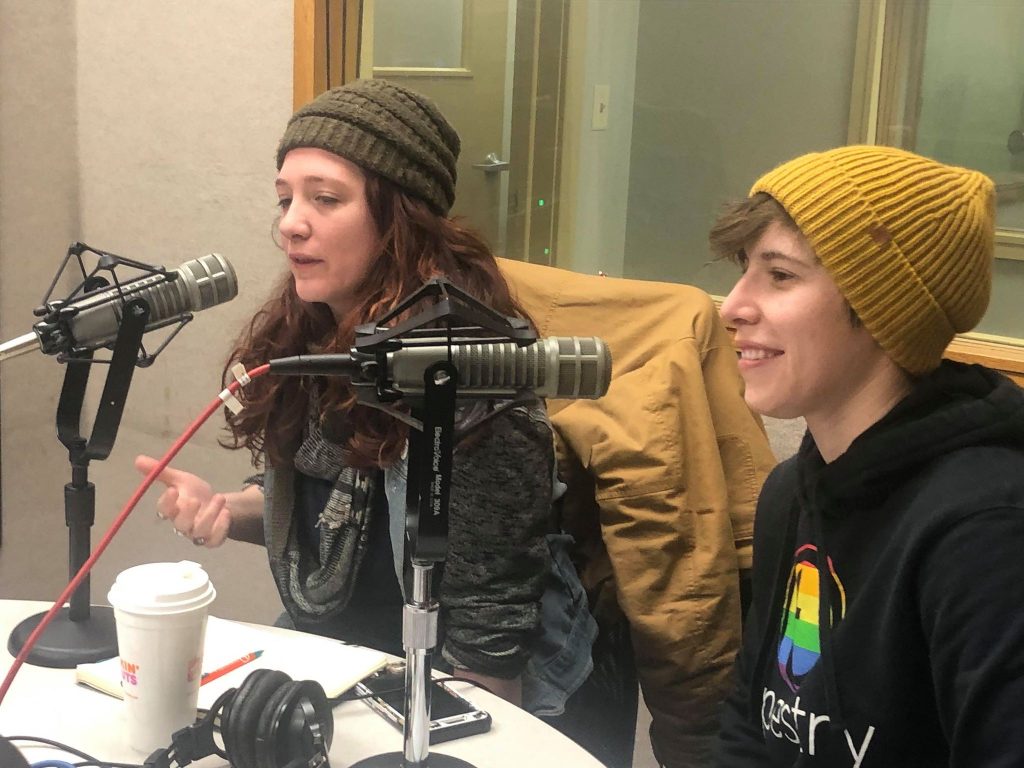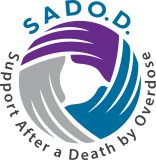
She Balances Compassion with Self-Care
By Jill Shanahan, Guest Contributor
I want to share two stories from my time as a harm-reduction worker at Tapestry that demonstrate the essence of harm reduction, the power of love and human connection.
I am sharing them because there was a point in my career a few years ago when I realized I had to practice harm reduction on myself. I had lost many folks in my personal life from overdose, and showing up to do this job and connecting with people was getting harder and harder. I was delivering the majority of overdose prevention trainings at the time, experiencing secondary trauma, and even having flashbacks, but I did not let anyone know what was going on in my inner world.
I found myself in that space where I was trucking along, putting up a front to make it through the next day, and pretending that the stuff I was bearing witness to — however hard it was — was not affecting me. I was not paying attention to my internal warning signs until they became external and I could no longer hide them.
I was fortunate because one of my favorite harm reductionists, a respected friend and comrade --Gabe — was there for me when the breakdown I could feel was coming, showed up.
I had one of those really bad days, when I couldn’t keep it together, and the smallest thing just totally set me off. I got a call that the location of a Narcan training had changed, it was snowing hard, and I just panicked. Gabe found me hysterically crying in my office, he came in, and I just blurted out that I couldn’t do this anymore. I started sobbing my way through the list of everything that was overwhelming me. What did Gabe do? He just walked over to me, got down to my eye level and said to just set those things aside and to look at him and just breathe, and before long, I was able to ground myself.
After that happened, the feeling I was carrying around was one of embarrassment because I wasn’t used to showing my vulnerability. I had the mind frame that being vulnerable was a weakness that should not be shown because the people around me were having similar experiences, and seemingly holding it together .
When I told Gabe about feeling embarrassed, he just gave me a hug and I was good to go.
I think this is a great example of how we show up for people as harm reductionists, with non-judgement and compassion.
Gabe created a safe space where I was able to lean into the love and connection being offered to me when I sorely needed it. That gave me a huge sense of relief, and I came to see that I did not have to pretend I was not hurting, and did not have to act as if this work isn’t hard.
Now I tell this story to new staff. I want them to be able to talk openly about the hard stuff, and I want people to see my vulnerability so they can maybe see the light and feel safe being vulnerable too. This is one way we support each other and build on the connections that keep us going in this work.
My other story is about something that happened to me more recently when a female participant at the Holyoke needle exchange shared her experience of mental and emotional struggle after losing somebody to an overdose.
She came into the office that day, singled me out, and let me know that she needed to see me in private. So we went into a room and — to make a long story short — she showed me an abscess that
she was embarrassed and concerned about. She had a lot going on with moving through grief and daily traumas, trying to keep herself as healthy as she could not having a stable place to live or rest. I’m always amazed and have feelings of gratitude for the folks who so openly share their lives and vulnerabilities with us. For me, it’s often their vulnerability and resiliency that keeps me going.
So, I took a look at the wound, cleaned and bandaged her up and I made sure she knew how to keep the wound clean. I gave her the supplies she needed to take care of herself and told her to return the next day so we could take another look.
After we finished, she looked at me and said, “This work must be really hard for you guys, because you are losing people all the time. I haven’t even known you for that long, but I bet you would be upset if I died tomorrow.”
It took my breath away because I knew immediately the deep truth she was speaking, and I just said, “My friend, if that happened, I probably wouldn’t come into work for a few days.”
She started to tear up, and I started to tear up, and we gave each other a hug. I just keep thinking, “Where else can people reveal that raw vulnerability and get such meaningful human connection?”
Like many, I have a lot of experience with grief and loss. When I am working with new staff, sometimes I get overwhelmed with wanting to protect people from that experience, but that’s not a reality. So what can we do instead? We need to help everybody be as healthy and safe as possible. What we need to do is build stronger supports for ourselves, our colleagues, the teams within our agencies, and with everyone who is working on the front lines with us.
Harm reduction is a way of life, a way of moving through the world with understanding, love, compassion -- and delivering practical support to people right where they are.
I always try to remember that in order to do what I do, I cannot work alone, and I must have safe space where I can be vulnerable with my colleagues — and where we can apply the principles of harm reduction on each other’s behalf.
To read more about Jill and harm-reduction efforts in western Massachusetts, please read the articles from the Greenville Recorder and Daily Hampshire Gazette.
Jill Shanahan is the Harm Reduction Training Coordinator at Tapestry. Her article is adapted from a speech she delivered at Tapestry’s annual team-building event at the Summit House in Holyoke.
